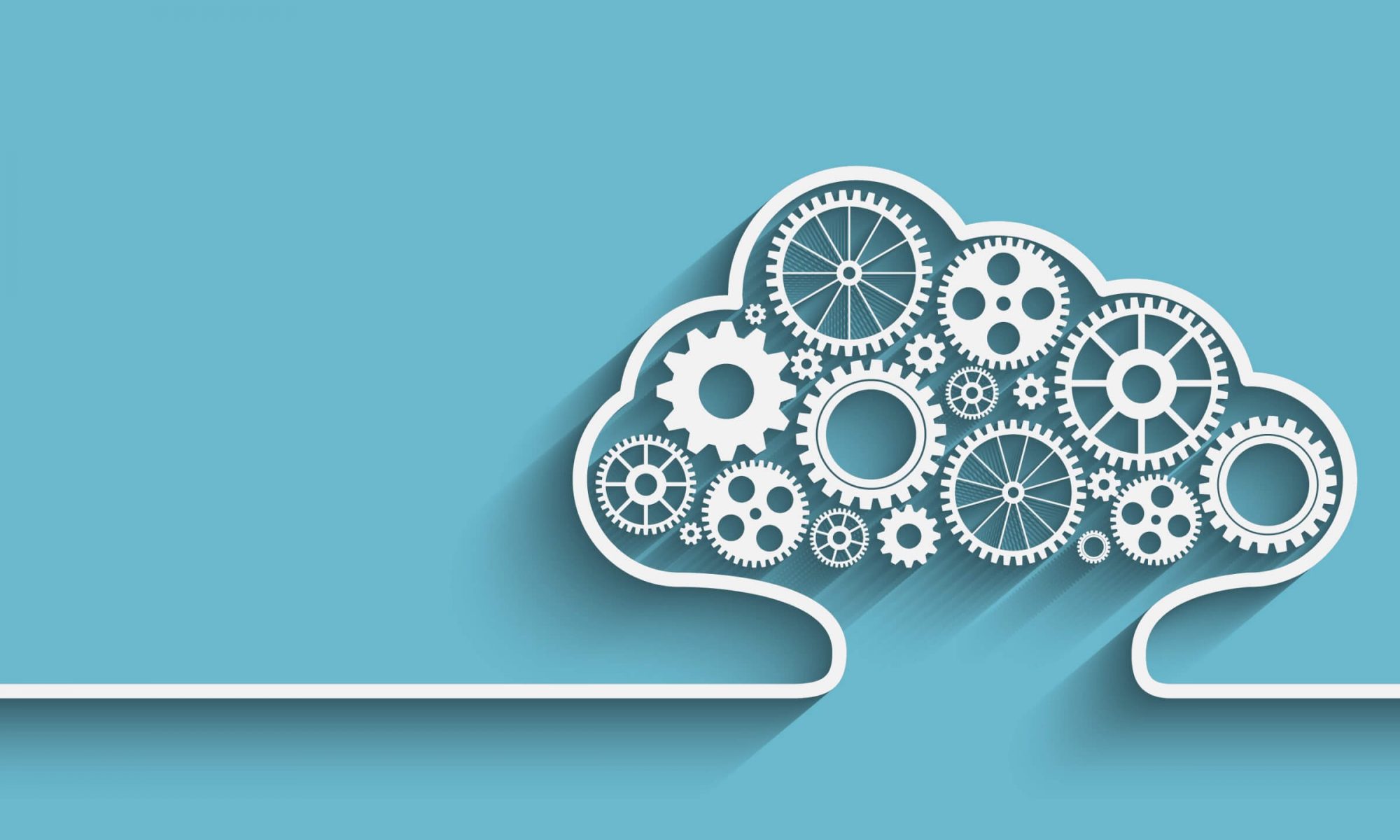Many businesses today rely heavily on robust software as a service (SaaS) based systems to establish a stable and consistent system of record for various business activities.
Customer Master Data Management (CMDM) are a critical component in the data supply chain for many businesses either through manual data management practices or more systematically with various technologies; concerns about data integrity and security have often held businesses back from pushing their customer data to the cloud due to the opaqueness of the understanding of just how exactly the data is secured.
Establishing a Centralized Data Repository
At the core of an effective CMDM system lies a centralized data repository. This repository acts as a comprehensive storehouse of business-wide customer data, ensuring accessibility and reliability across various functions. Whether it’s customer account planning, customer engagement order scheduling or simply informing the business about the customer relationship. Having a single source of truth facilitates better-informed decision-making. A robust CMDM system integrates diverse customer data sets, allowing the business to more easily discern patterns, make predictions, and optimize customer relationships, and process events more seamlessly.
Validation Protocols and Data Accuracy
A key expectation from a SaaS-based CMDM system is the implementation of stringent user, access, and content validation protocols. The data must align with business rules to guarantee accuracy and consistency. By employing machine logic and cross-referencing techniques, discrepancies and redundancies in operational files can be identified and rectified. Users need to have the right levels of access to data and the data needs to be adequately available and accessible to meet business objectives. This validation ensures that everything the business does, operates on appropriate and reliable data, maximizing the potential of the information at hand to meet the business needs.
Data Standardization, Consolidation, and Cleansing
Another crucial aspect is the implementation of a multi-pronged strategy involving data standardization, consolidation, cleansing, and de-duplication. This strategy ensures that data across internal and external systems is not only accurate but also uniform. By promoting data accountability and establishing clear governance rules, businesses create a culture of data integrity. Standardized data sets facilitate efficient communication, enabling different departments to collaborate seamlessly. A CMDM system that actively promotes these practices ensures that businesses have a reliable foundation upon which to build their operations.
Establishing a Culture of Visibility and Transparency
Transparency and visibility are the cornerstones of effective customer data management. A robust CMDM system fosters a culture of transparency by providing quick and easy access to quality data while also informing the data owners and providers of the various characteristics of the data. Zero-party data, for example, data provided by actual customers, holds a higher value than data acquired from third parties. The ability of customers to provide their consent to the use of their data for specific purposes further reinforces the seriousness with which the business respects consumer privacy and data security and integrity.
Data accessibility supports rapid decision-making, enabling the business to respond promptly to risks and opportunities. Cross-functional collaboration through data provisioning facilitates a thriving data culture in an environment where the data is transparent and readily available as appropriate. Plans and decisions, when based on accurate and consistent data, are made with better coordination, leading to enhanced efficiency across the organization.
The Path to Data Intelligence
SaaS-based CMDM systems like the Pretectum CMDM go beyond being a mere data repository. They are a dynamic tool that empowers businesses with accurate, standardized, and transparent customer data.
The minimum expectations for such a system include establishing a centralized data repository, stringent validation protocols, data standardization, consolidation, and cleansing.
They foster a culture of visibility and transparency, which is essential. By meeting these expectations, you business can pave the way for improved data intelligence, ensuring that your decisions are well-informed, agile, and aligned with your strategic objectives.
In such a data-centric landscape, a high-quality CMDM system is not just an asset; it is a necessity, propelling any customer centred business towards unprecedented heights of efficiency and competitiveness in the global market.


